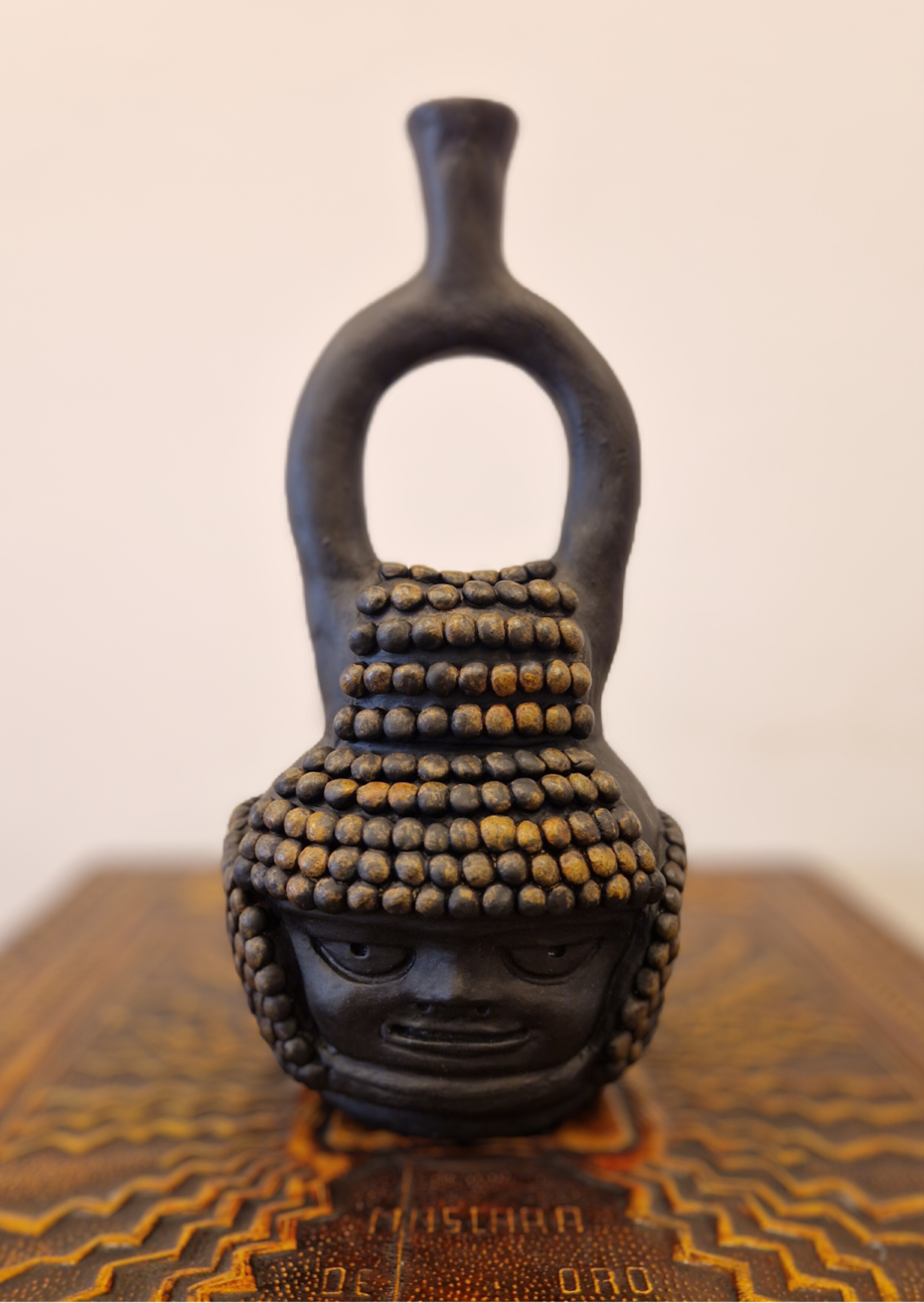A clay vessel between 5,300 and 5,500 years old that will be displayed at the exhibition points to the Ecuadorian origin of cacao.
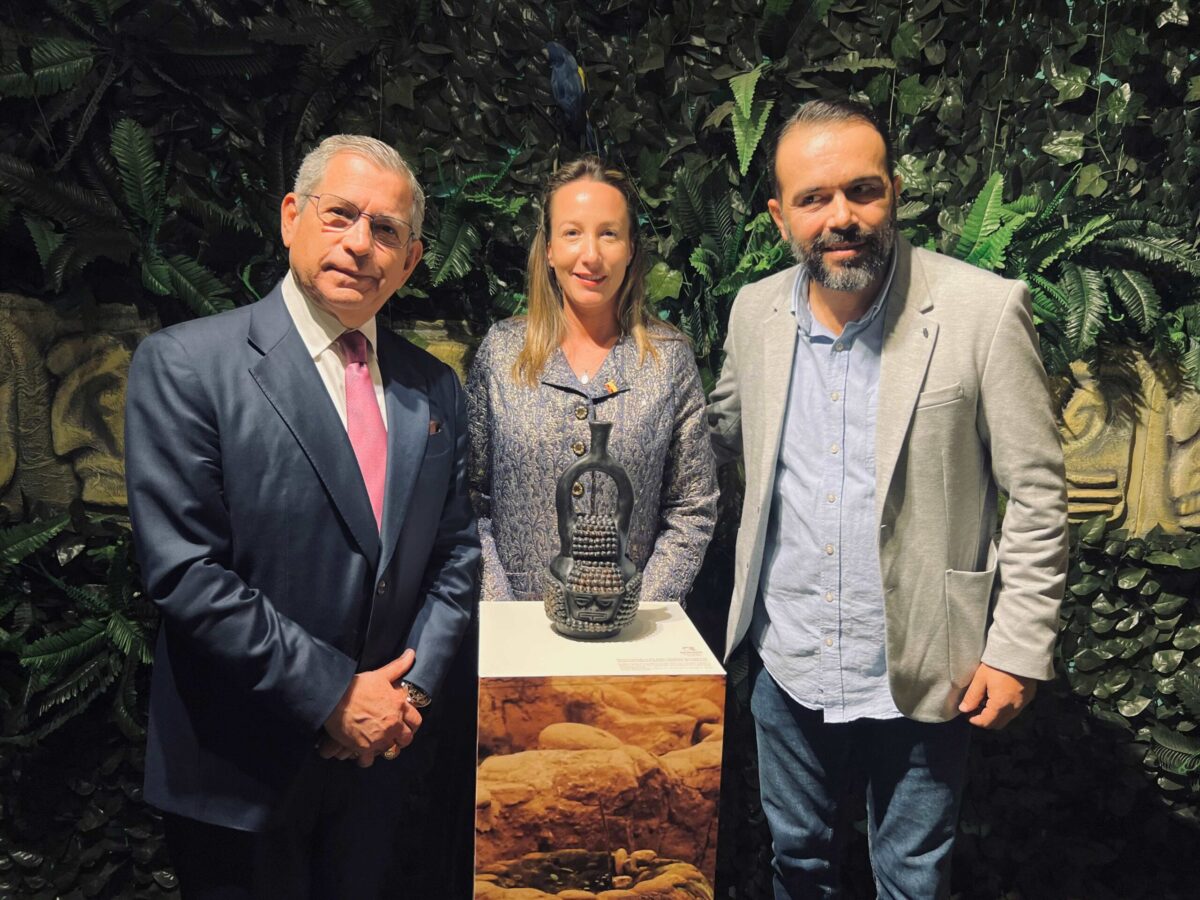
From October 17, 2023, visitors to the Museum of Chocolate in Belgrade will have a unique opportunity to learn about the earliest stages of the history of chocolate and its cultural roots within the exhibition “Ecuador, the Origin of Cocoa”. The central place of the exhibition is dedicated to a clay vessel between 5,300 and 5,500 years old, which belongs to the Mayo-Chinchipe culture of Ecuador and predates all other known discoveries of cacao by about 2,000 years. The exhibition is organized by the Embassy of the Republic of Ecuador in Hungary with accreditation for Serbia and the Honorary Consulate of the Republic of Ecuador in Serbia.
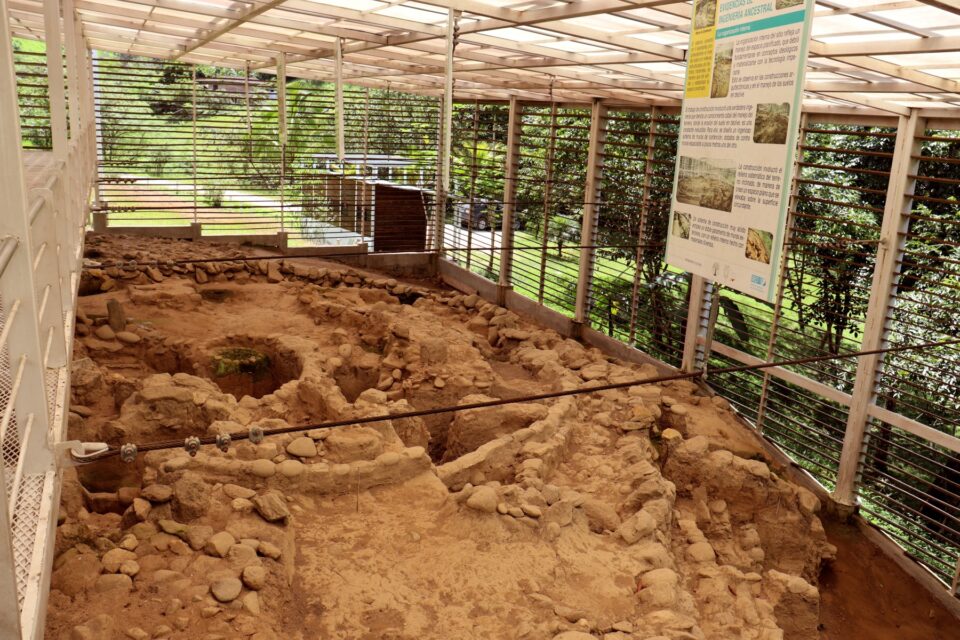
A clay pot with two handles and a Spondylus shell, with a two-sided figure of a man, was discovered at the archaeological site of Santa Ana La Florida in Palanda, southern Ecuador, at an altitude of 1,040 meters. This finding attracted the attention of Ecuadorian, Canadian, and French researchers from the University of Calgary, Canada when cocoa starch grains were discovered in the container. By testing the carbon isotopes found, it was determined that it was an artifact dating between 3500 and 3300 BC, which confirmed that in the Mayo-Chinchipe culture cocoa was processed even 2,000 years earlier than other known cultures.
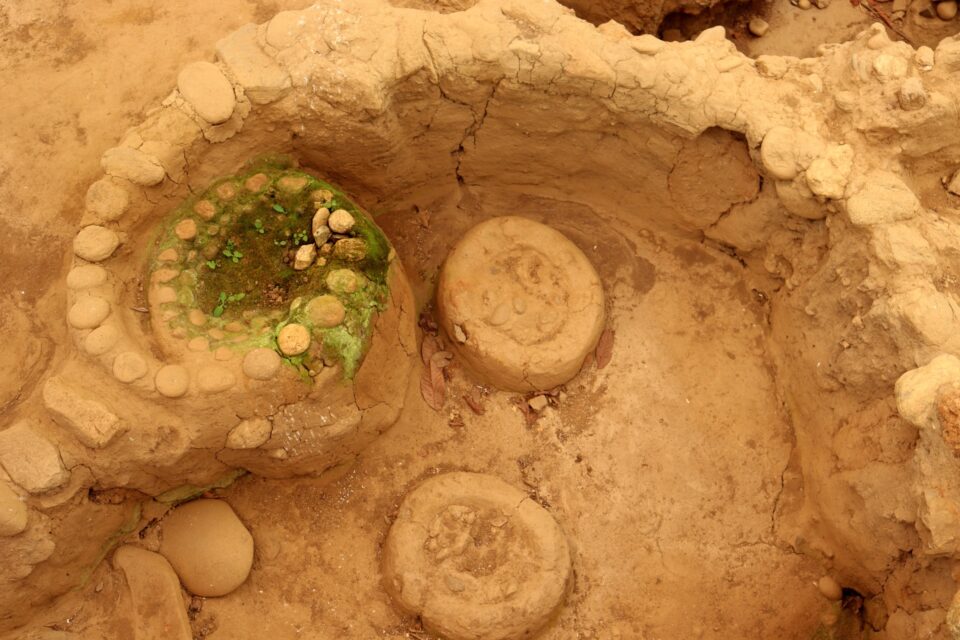
“Ecuador was the main base for the production of chocolates, pralines with aromas and unimaginable flavor combinations, and the fact that the origin of cocoa comes from a country located in the very center of the world, enabled the distribution of this product to southern countries such as Peru, Central America and Mexico. Cacao has a scientific name in Latin “Theobroma cacao” which means “food of the gods”, so I recommend everyone to try Ecuadorian cocoa in chocolate whenever they have the opportunity because it is a unique experience for your senses”, said Kristina Ines Spalajković Vegas, Honorary Consul of the Republic of Ecuador in Serbia.
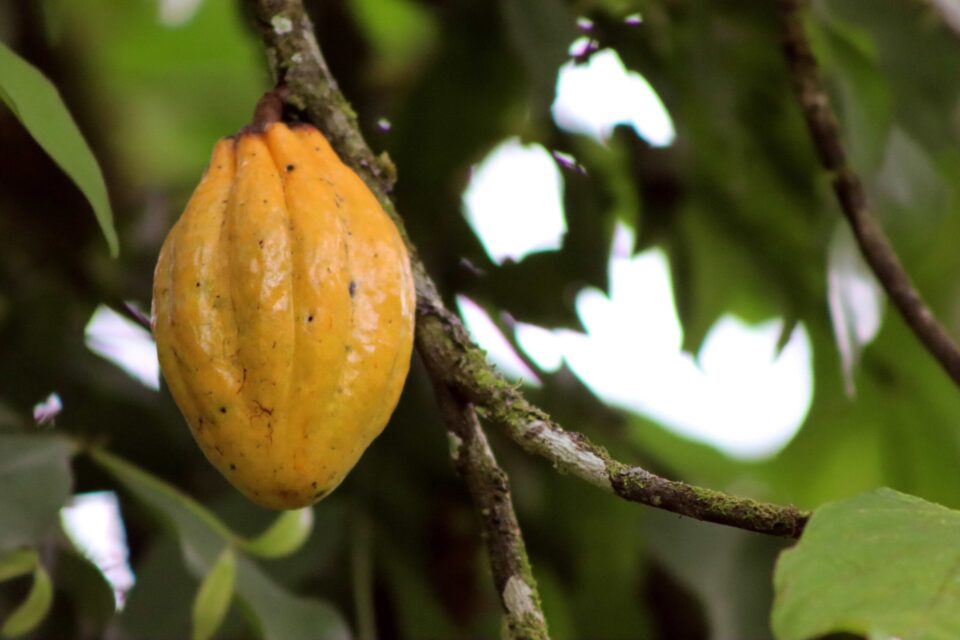
Processed cacao had a significant social and symbolic component in the daily life of the Mayo-Chinchipe culture. Their commitment to the cultivation and distribution of cacao has led to its widespread consumption around the world and allowed us to indulge in the delicious taste of chocolate. Available evidence suggests that the Mayans and Aztecs of Mexico used cacao from Ecuador to make a drink known as “xocolatl,” in the Nahuatl language, marking the beginning of the history of chocolate.
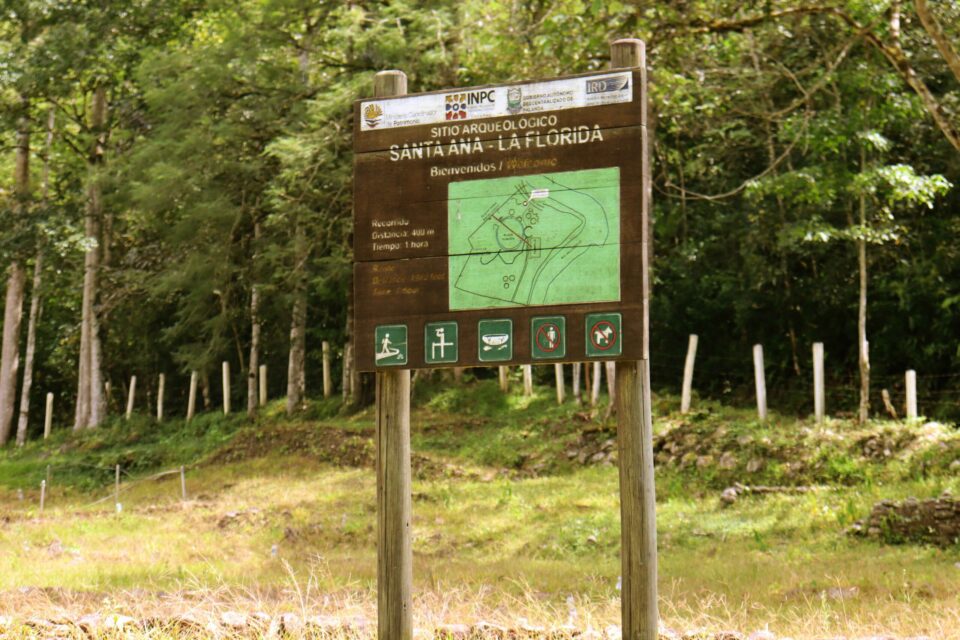
Watch the VIDEO about the origin of cocoa on the LINK.
The exhibited replica will be part of the permanent exhibit at the Chocolate Museum in Belgrade.
